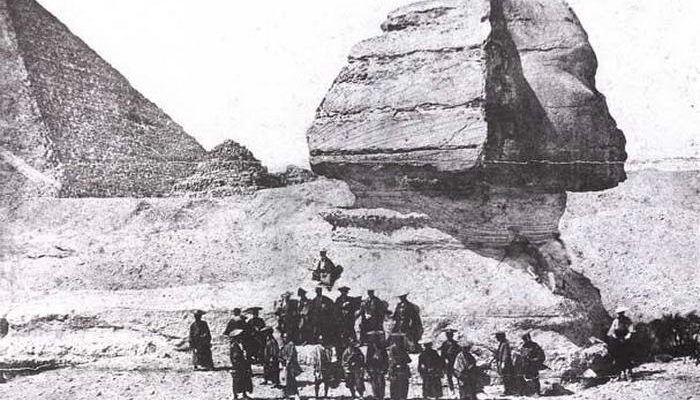Egypt has long been a source of fascination for many in the Western world. With its rich history of legendary Pharaoh’s and stunning Queens to the many advances it brought to the civilized world, it is a country that continues to delight. Many modern travelers still take a journey over to Egypt to feel the rich heritage the country exudes and take in all its wonders.
One of the many superb things to see in Egypt is the marvelous Great Sphinx of Giza. Sometimes referred to as the 8th Wonder of the Ancient World, it is a truly iconic symbol that makes Egypt great. Sitting near to the famous pyramids, many hope one day to unlock its secrets. Despite thinking we know a lot about this famous landmark, there are still some mysteries around it that confound and confuse.
The Sphinx’s origins are as mysterious as its serene expression. Some scholars suggest it was built in the reign of the Pharaoh Khafre, around 4,500 years ago, yet debates rage on. The absence of definitive inscriptions or texts related to its construction only deepens the enigma. Mysteries of the Giza plateau and secrets of ancient Egypt captivate us, drawing us closer to the past, yet the Sphinx keeps its silence, a guardian of lost knowledge and untold stories.
As we peel back the layers of time to unveil the secrets that the Great Sphinx of Giza guards so closely, let’s explore ten of the most obscure facts about this enigmatic monument, each revealing a fragment of the story of human aspiration and ancient mystery.
10 – Buried in Sand For Years
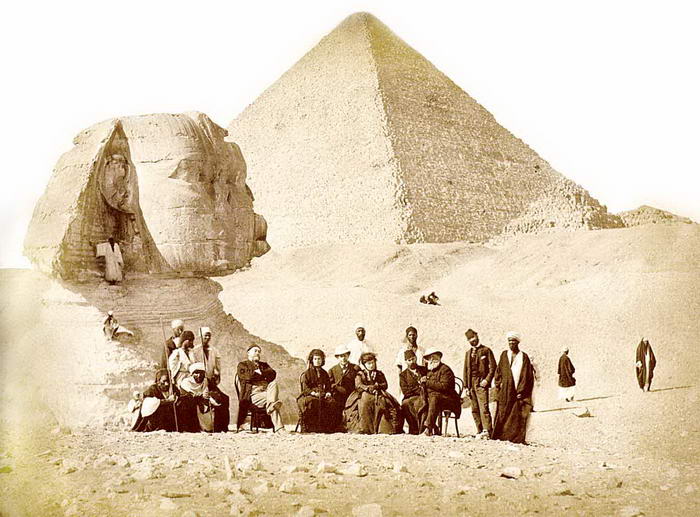
09 – It Was Carved From One Piece Of Rock
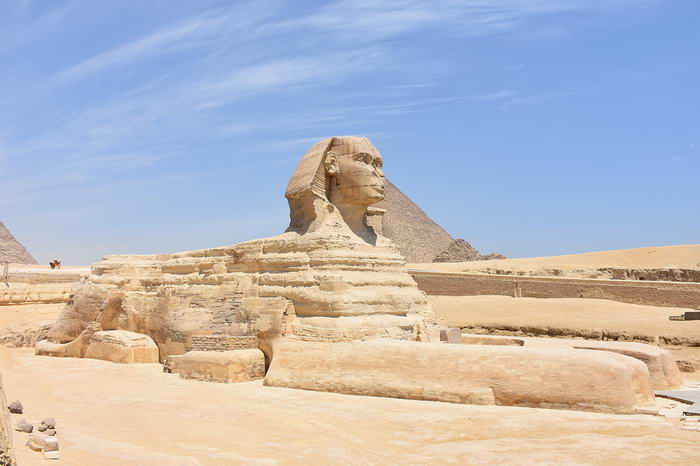
When you consider the time it is thought to have been built in, it really is a wonder of craftmanship and construction. Although many theories abound as to just how monuments like these could have been made in Ancient Egypt with their basic tools, it is not in question just what an impressive sight it is.
08 – The Sphinx Spoke to Thutmose IV
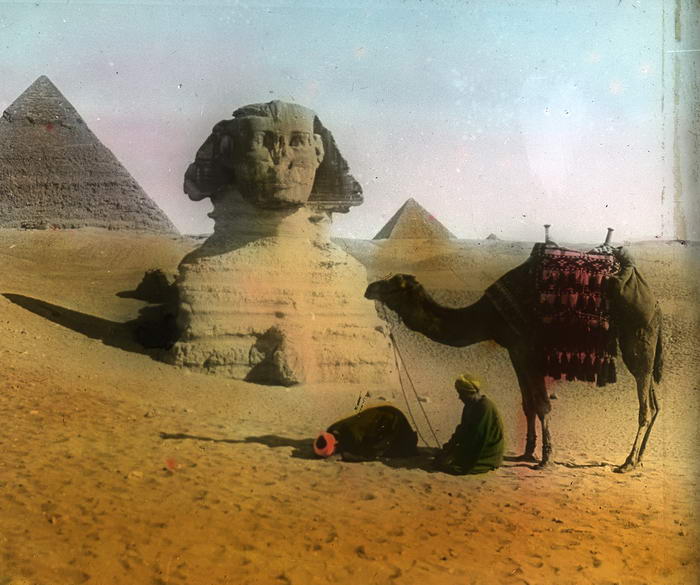
The story goes that Thutmose IV would sleep by the head of the Sphinx every night – at the time, this was all that could be seen of it. As he slept, he heard the Sphinx talk to him and promise him the throne of all Egypt if he uncovered the whole Sphinx. According to legend, Thutmose did just that and the Sphinx kept his promise to make him Pharaoh. Although not known to be true, it is told on a tablet that rests between the paws of the Sphinx itself.
07 – It May Not Be The Only Sphinx In The Area
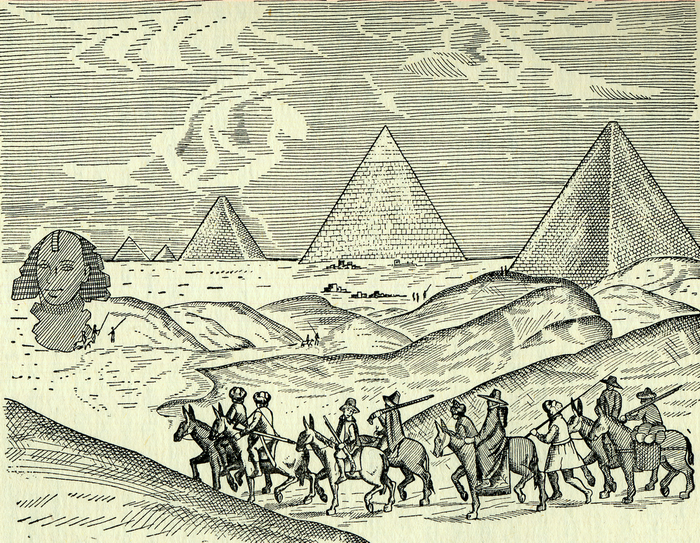
06 – It May Have Been There For Longer Than We Imagine
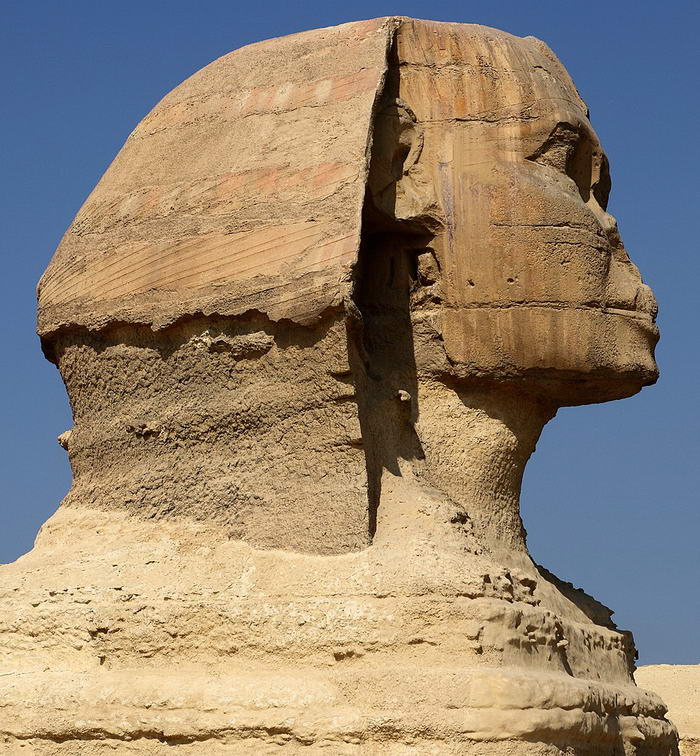
05 – There Is No Inscription As To Who Built It
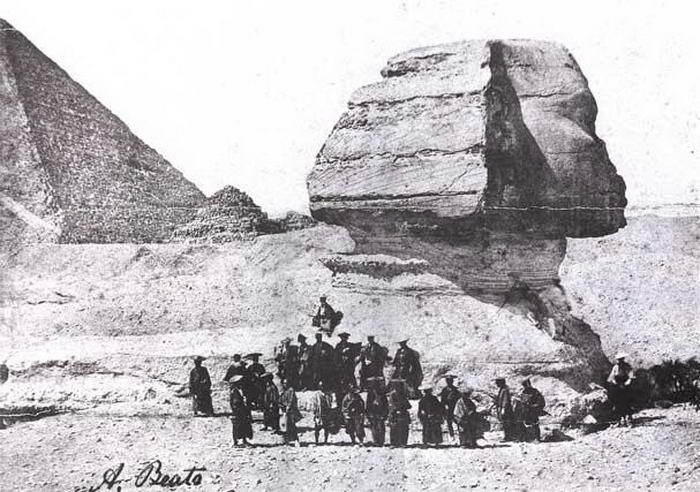
For such an important and grand statue, you would have thought someone would have wanted to claim credit for it. However, there have been no inscriptions found anywhere on the Great Sphinx to tell us who built it! This is a real drawback for historians when they are trying to figure when it was built, why it was built and by whom. Many historians believe the Pharaoh Khafre to be the man behind it and think the image on the Sphinx is in his likeness. Without any mark on the statue itself though, it is mere guesswork as to who the real artist was.
04 – It Could Be Anubis
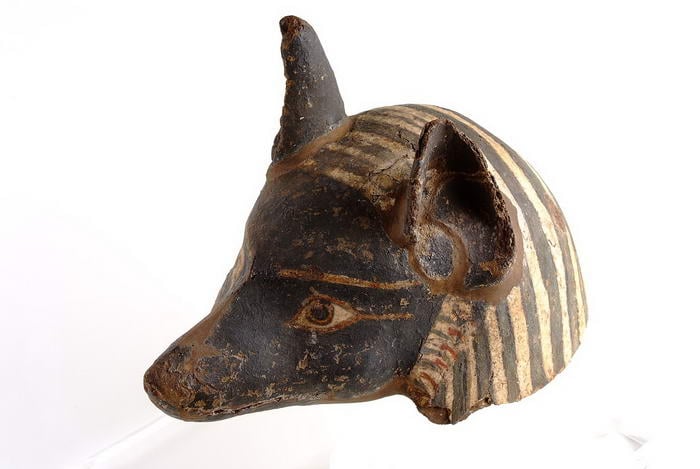
03 – Tomb Of Osiris Is Next Door
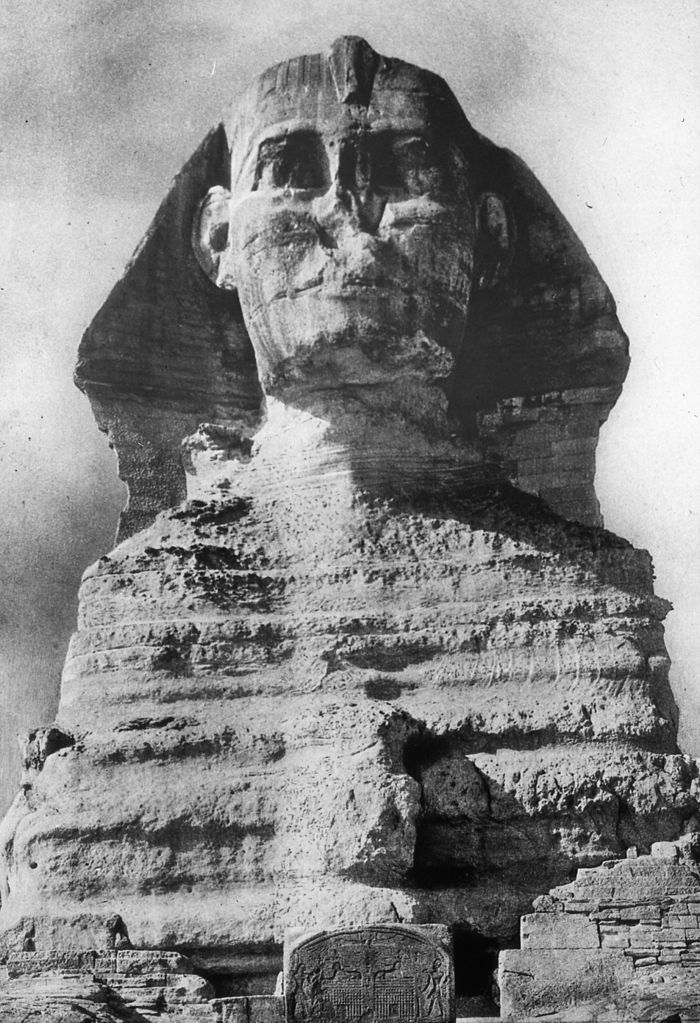
02 – Hall Of Records

01 – Is There Something Else Directly Under the Sphinx?
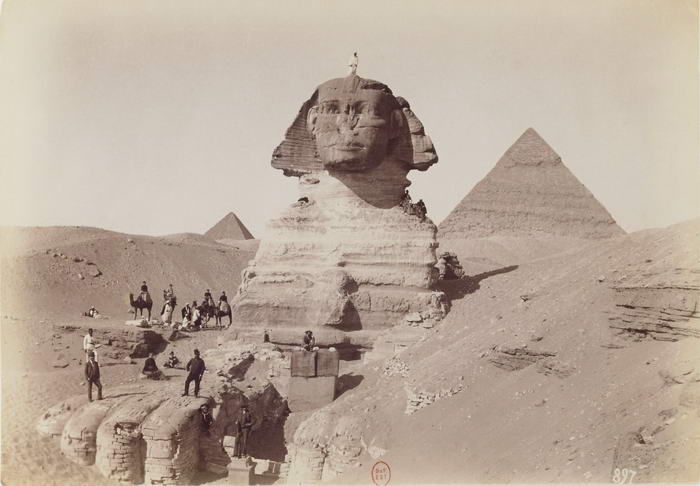
So, there we have it! Although a famous monument that has been seen by millions of people, the Great Sphinx is not all it seems to be. Like all the ancient structures in Egypt, it would appear that it holds many secrets that we may never know the answers too! For now, we have to make do with looking on in awe and wonderment at just what a superb and iconic structure it is.
The Sphinx and the Stars: Unlocking Celestial Secrets
The Great Sphinx of Giza has long stood as a silent witness to the passing of ages, its origins and purpose shrouded in mystery. Yet, one of the most captivating aspects of this ancient sentinel involves its potential alignment with celestial bodies and its role within the broader context of ancient Egyptian astronomy. This additional exploration delves into the intriguing connection between the Sphinx and the cosmos, shedding light on how ancient civilizations intertwined their monumental architecture with the stars.
Celestial Alignment and Ancient Wisdom
The astronomical significance of the Sphinx is a topic that has fascinated scholars and enthusiasts alike. Many argue that the Sphinx, facing directly east, aligns with the rising sun during the equinoxes, a testament to the ancient Egyptians’ sophisticated understanding of the heavens. This alignment is not merely coincidental but reflects a profound connection to the solar cycle and the celestial order.
- Equinox Alignment: The Sphinx gazes toward the horizon, marking the equinoxes when day and night are equal.
- Stellar Correlations: Some theories suggest the Sphinx’s alignment with specific stars or constellations, such as Leo, during certain epochs.
The idea that the Sphinx could serve as an astronomical observatory or calendar underscores the complexity and depth of ancient Egyptian cosmology. Their ability to integrate architectural grandeur with astronomical events speaks to a civilization deeply attuned to the rhythms of the natural world and the cosmos.
The Sphinx: A Celestial Guardian
Beyond its potential astronomical functions, the Sphinx also embodies the spiritual and symbolic connection the ancient Egyptians had with the sky. In this context, the Sphinx can be seen not just as a monument but as a bridge between the earthly and the divine, a guardian not only of pharaohs but of the cosmic order itself.
- Symbol of Protection: The Sphinx represents a guardian figure, watching over the Giza plateau and the pharaohs’ necropolis.
- Reflection of Cosmic Harmony: Its alignment and design may symbolize the ancient Egyptians’ desire to mirror the harmony and order of the heavens on earth.
The intersection of architecture, astronomy, and spirituality in the Sphinx’s construction highlights the multifaceted nature of ancient Egyptian society and their quest for understanding the universe. It reminds us that monuments like the Sphinx are not just feats of engineering but are imbued with layers of meaning, connecting the human with the divine, the terrestrial with the celestial.
In essence, the Great Sphinx of Giza stands as a testament to the ancient Egyptians’ remarkable achievements in astronomy, architecture, and spirituality. As we continue to unravel the Sphinx’s mysteries, we also uncover insights into the minds and hearts of those who built it, offering us a glimpse into a world where humans sought to align their creations with the stars, ensuring their legacies would endure not just on earth, but in the cosmos itself.


